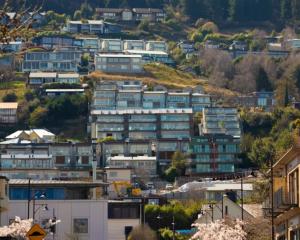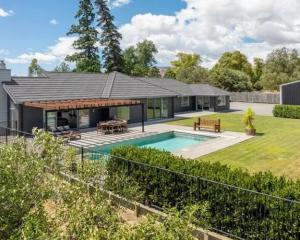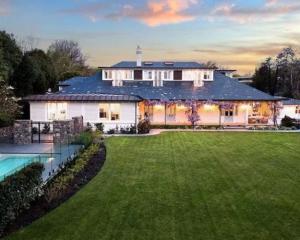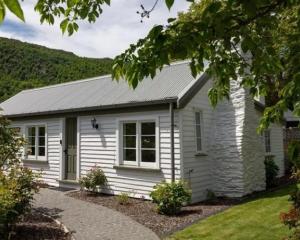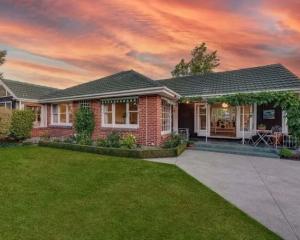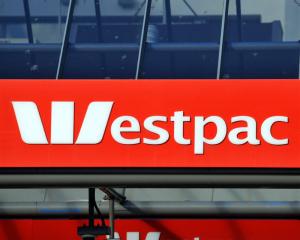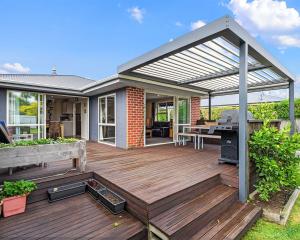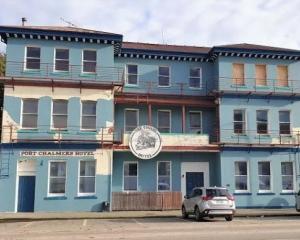
Dunedin values rose an average 10.4%, or $39,965, in the past year, from an average of $354,133 in December 2016 to a $391,098 average in December last year.
Values increased 2.7% in the final three months of last year, QV national spokeswoman Andrea Rush said.
Of particular interest was the strong growth of the peninsular and coastal part of Dunedin, to $364,115 which was up 5.6% over the past three months and 17.9% year-on-year.
The southern average value was $375,130, up 10.9% on the year, the central and north value was $408, 365 (up 10.4%) and the average Taieri value was $398,926 (up 7.5%).
QV Dunedin property consultant Aidan Young said demand for residential property in Dunedin had remained strong, from both local and national buyers, throughout 2017.
First-home buyers were active all year, aided by the lower entry point of the Dunedin market.
The loan-to-value restrictions (LVR) had little effect on values although there was an easing in demand from investors because of the 40% deposit requirement, he said.
Supply had been consistently low. Good-quality properties were sold ''relatively quickly'' and vacant land had also been achieving good prices as demand for sections remained strong.
The election appeared to slow activity but there had been no material impacts on the market, Mr Young said.
''Value growth has been moderate during 2017 and we can expect to see a similar positive outlook for the market in 2018, providing conditions remain.''
Ms Rush said South Island regional centres had a stable outlook. Values across most areas were either flat or steadily increasing.
The Mackenzie district rose 5.2% in the last three months of the year and 24.7% annually, the highest annual rise in the country.
Southland and Invercargill also continued an upward trend.
Market growth remained strong in Queenstown-Lakes. Values rose 3% in the last three months of 2017 and the average current value was higher than Auckland, at $1.1million.
Ms Rush said 2017 was a disparate year for residential property values. There was a general trend of slowing in the rate of growth because of LVR lending limits, stricter retail banking lending criteria and uncertainty ahead of the election, along with periods of rapid value increases in some areas and decreasing values in others.
Overall, the nationwide average showed residential property values increased 6.6%, or $41,660, in 2017 from $627,905 in December 2016, to $669,565 last month.
The average value nationally rose 3.6% in the final three months of the year, she said.
Sales volumes were down on 2016 for every month. Between February and October they were more than 20% below 2016 levels. Sales increased in November, but despite the post-election late spring surge, they were 10% lower than in November 2016.
''A slowdown in the rate of value growth in the housing market that began in the latter part of 2016, with the introduction of LVR speed limits requiring a 40% deposit by investors, continued throughout 2017.''
The market frenzy of the previous three years, induced by high numbers of investors, subsided and there was a return to more normal levels of activity around the country, Ms Rush said
By October, nationwide annual value growth had slowed to 3.9%, the lowest rate of growth in five years. Growth in the Auckland region fell to -0.6%, the lowest there since 2011.
High prices, constraints on finance caused by tightening in retail banks' lending criteria and higher deposit requirements removed many buyers from the market and sales plummeted, she said.
Potential housing policy changes in the lead-up to the election also caused uncertainty and people took a wait-and-see approach, causing activity to slow in the winter quarter.
The usual annual spring surge was slow to arrive and listing levels and market activity did not pick up until November and December, as seen in both sales volume and growth.
''Low interest rates, relatively high net migration and lack of supply means market drivers remain and we are likely to see values hold for the most part during 2018 in the main centres. But the trend of lower rates of growth is likely to continue.''
Areas were investors were previously active might continue to have values dropping where prices remained too high for first-home buyers, Ms Rush said.

